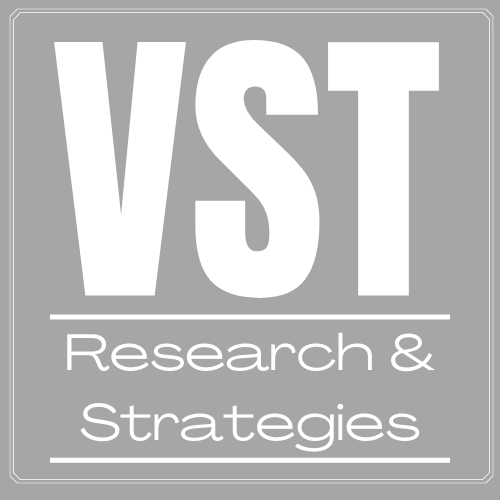Running Effective Meetings
Meetings can be productive gatherings to solve work problems. They can also be drawn out, laborious, and a point of contention for attendees. If you find yourself relating more to the second example than the first, rest assured, you are not alone! Luckily, even meetings can evolve into time well spent.
First, consider the type of meeting. If the purpose is purely informational, then some of the following tips may not apply. But if the aim is to brainstorm and update departmental status, please keep reading! Assuming you are still reading, ask yourself if there is space for open collaboration. If there is, then give everyone the opportunity to speak. This may mean calling on those less likely to feel comfortable speaking up in meeting formats. Allowing everyone a voice enables different perspectives to be considered, even those less tenured or less experienced.
Then, question everything. This can be a challenge for teams initially switching to this meeting format. The questioning is not intended to be punitive but to build a better outcome. Once your team learns to question like this, defenses stop, and goals become easier to attain. Question the presented data, its source, and any meaning assigned by the presenter. Does the data change meanings when viewed by others in attendance? Is there time to reposition or change promotions to include new considerations? Or, if the risk is deemed low, can you proceed?
Next, keep the focus on the problem at hand. This means try not to get distracted by who said it as much as what was said. Personal dynamics are woven throughout organizational cultures. They can propel or stall someone's success, and there is little room for them in productive meetings.
Lastly, assign a dissenter. This person has the sole job of looking for pitfalls and challenges. The role of the dissenter can (and should) change at some agreed interval. Dissenters are focused on helping the meeting stay focused by promoting the avoidance of GroupThink.
Don’t worry if it is a little bumpy to start, your team will get there and your meetings will benefit from using these tips!
